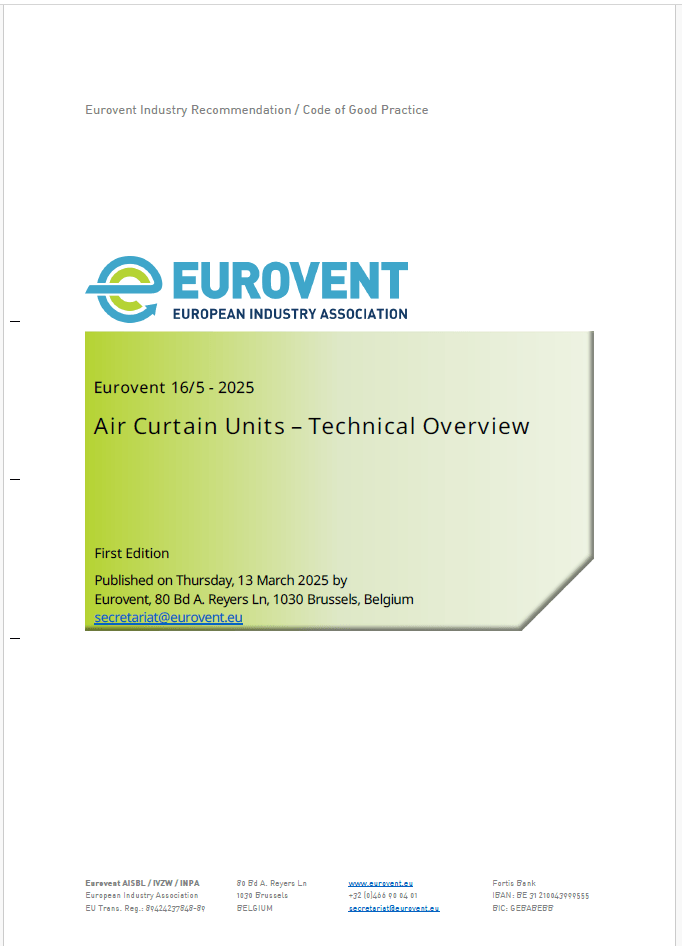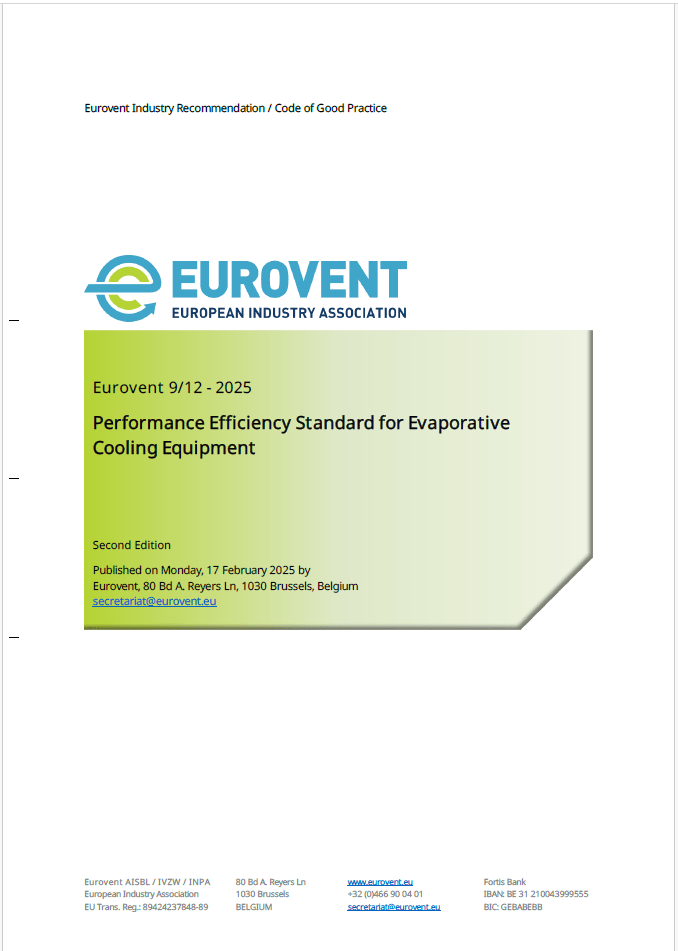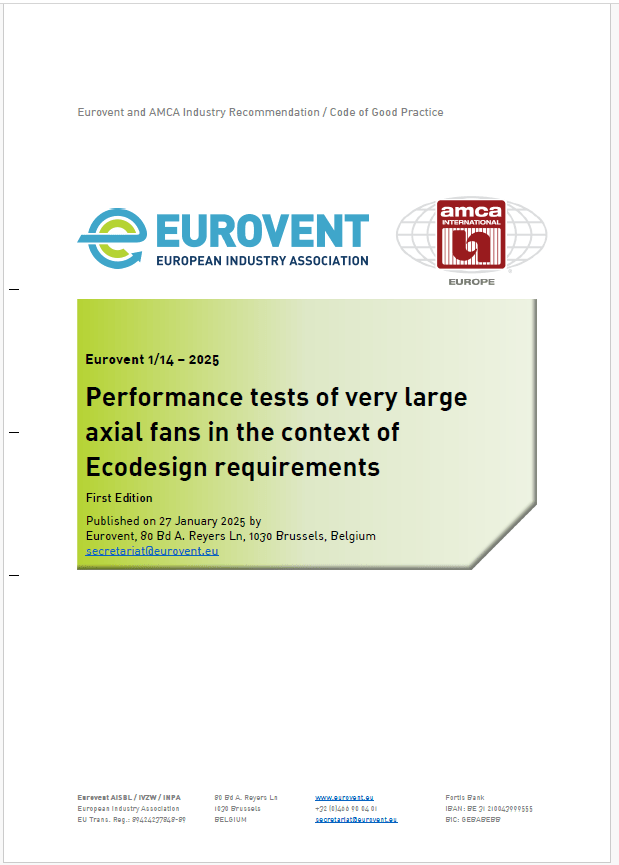Anzala Asher, Product Engineer, Taqeef, writes on how HVAC is critical to curbing global carbon emissions, what to keep in mind to ensure buildings are designed to meet the region’s net-zero goals and why VRF systems can unlock significant energy savings.
HVAC industry at the frontier of curbing carbon footprint
Global policies and jurisdictions across the globe are underscoring the need for mitigating carbon emissions as we transition towards a net-zero future. Rising temperatures and climate change are the harsh realities of today and tomorrow. Hence, we urgently need a cohesive and swift action plan as we work towards a sustainable future. A holistic approach must be implemented to reduce carbon footprint in response to curbing greenhouse gas (GHG) emissions.
Regulatory bodies and corporate entities have set goals and roadmaps to be carbon neutral before 2050. Planning and timely action are required to turn these commitments and goals into reality before it is too late.
Reducing carbon emissions from buildings is crucial as they are accountable for producing approximately 40% of energy-related (GHG) emissions. As a result, the HVAC industry is at the frontier for ensuring carbon footprint reduction.
MENA’s net-zero energy
In the Middle East and North Africa (MENA) region, the industry is gearing to transition towards net-zero as green building regulations are being mandated. In the UAE, strategic initiatives are set to reach the target before 2050. As a result, various stakeholders are pushing for building decarbonisation across the entire lifecycle. Developers, consultants, contractors, technology suppliers, and investors have pledged to net-zero commitments, and tenants are seeking to move into sustainable homes. This notion puts a focal emphasis on manufacturers to develop innovative solutions and on clients to opt for HVAC systems that would yield less operational and embodied carbon.
While HVAC systems contribute significantly toward realising decarbonisation goals, the challenge underlies that building owners are unsure where to start their net-zero journey. Additionally, manufacturers are facing expectations for taking measurable action to reduce emissions. The good news is that there is plenty of HVAC technology in the market for driving innovation and scaling up decarbonisation. However, it may become difficult to assess which technology is viable for different types of projects.
Choosing the right systems
Below are some of the key actions and measures to consider when employing HVAC systems in ensuring building decarbonisation:
Decarbonisation goals for newer buildings have an advantage because the overall carbon footprint for the HVAC system can be evaluated in the design phase. Informed decisions about the HVAC system’s efficiency have to be made before designing any type of building. Therefore, building owners and developers should be aware of the HVAC technology available in the market that can allow them to realise their sustainability goals as it will impact the value of their properties and the overall operating costs.
Unlocking energy saving potential of VRF systems
Variable Refrigerant Flow system (VRF) technology has gained traction over the years and has been classified as a sustainable technology for cooling buildings. The operational costs tend to be lower as well compared to other conventional systems because of inverter-driven compressors. Particularly at partial load conditions, an inverter-driven compressor adjusts the cooling capacity based on the load requirements, setpoint temperature and ambient temperature. The compressor’s speed is constantly adjusted even if there is a slight variation in the load. In conjunction with this, the ability of the VRF system to control the amount of refrigerant provided to the indoor units makes it a feasible solution for applications with varying load profiles or where zoning is required. Choosing a VRF system can also help qualify for sustainable building certifications primarily because of its high efficiency.
Another route to achieving net zero is to retrofit existing buildings. Retrofitting in the built environment is primarily done to improve the efficiency and sustainability of an existing structure by reducing energy consumption which further translates to a reduced carbon footprint. In alignment with this, the UAE is spearheading retrofitting to improve the energy performance of existing buildings. For instance, the Dubai Supreme Council of Energy has set the goal of reducing energy demand by 30% before the end of 2030. As a result, 30,000 buildings will be retrofitted across the Emirate. After successfully completing the project, DEWA suggested that the work undertaken will secure savings of over USD22.33 billion and reduce emissions of one million tonnes of carbon dioxide. Usually, the HVAC system also must undergo stringent design choices as it can have a long-term impact on decarbonisation.
Challenges and opportunities in retrofitting
When it comes to retrofitting the HVAC system, there are challenges related to initial investment and ensuring the right solutions are chosen. Building owners may only look at the initial costs of the investment despite the presence of advanced HVAC solutions in the market, which poses a challenge to the building industry’s decarbonisation progress.
It is evident that retrofits play a substantial role in facilitating the net zero agenda. This underpins the need for high-efficiency HVAC systems as it will play a vital role in ensuring that the increased demand does not cause more carbon emissions over the entire lifecycle.
The versatility of VRF systems also makes them an ideal choice for building retrofits. In retrofit projects, there are often limitations on modifications that can be performed to the existing architectural layout, such as changes or the presence of shafts to route the copper piping network. Therefore, VRF systems have an upfront benefit in retrofit projects as they have smaller piping dimensions that can easily be routed in existing shafts.
Another challenge that building owners often encounter with retrofit projects is the limited availability of space above ceilings which may require ductless or slim ducted units to accomplish building conditioning. A VRF system is ideal for such projects because all manufacturers provide an array of indoor unit options that can easily be integrated into narrow ceiling spaces because of their low height and width dimensions.
Digital optimisations – a critical step in the road to decarbonisation
Additionally, the road to net zero within the built environment also requires the digital transformation of buildings that includes energy-efficient HVAC controls. Another added benefit of deploying a VRF system is the flexibility to integrate with smart control solutions which can allow for performance optimisation of the buildings. For instance, a building management system consolidated with VRF and other mechanical systems will enable facilities personnel a central interface for monitoring and controlling from a central point. The interface constantly collects real-time data of the connected VRF system and allows the staff to take preventative action, respond quickly to errors, and optimise energy management. It also provides building owners insight into equipment that may consume excessive energy or systems requiring preventative maintenance.
In essence, these insights can help optimise operating operations and aid in identifying energy-saving opportunities. The data can be collected and analysed for energy trends of the installed VRF systems, such as changing usage requirements can be programmed, which can enhance the system’s efficacy. Therefore, a properly installed BMS system can help building owners achieve carbon neutrality while enhancing tenants’ thermal comfort and further protecting bottom line performance.
While the path to net zero may be challenging, it is also a journey blossoming with endless possibilities. It is an opportunity for everyone to take unified action to deliver a greener world for future generations. There is no time to delay action and change has to happen now if we wish to prevent the effects of global warming. There is a need for a gradual momentum towards sustainable HVAC solutions that are needed to decarbonise the built environment. Investing in this technology is the need of the hour if we wish to reverse climate emergency. Hence, smart solutions like VRF can drive this agenda by delivering high efficiency, optimal thermal comfort and the flexibility for integrating advanced control solutions. It is within everyone’s power and responsibility to collaborate together to shape a sustainable future for all.


















